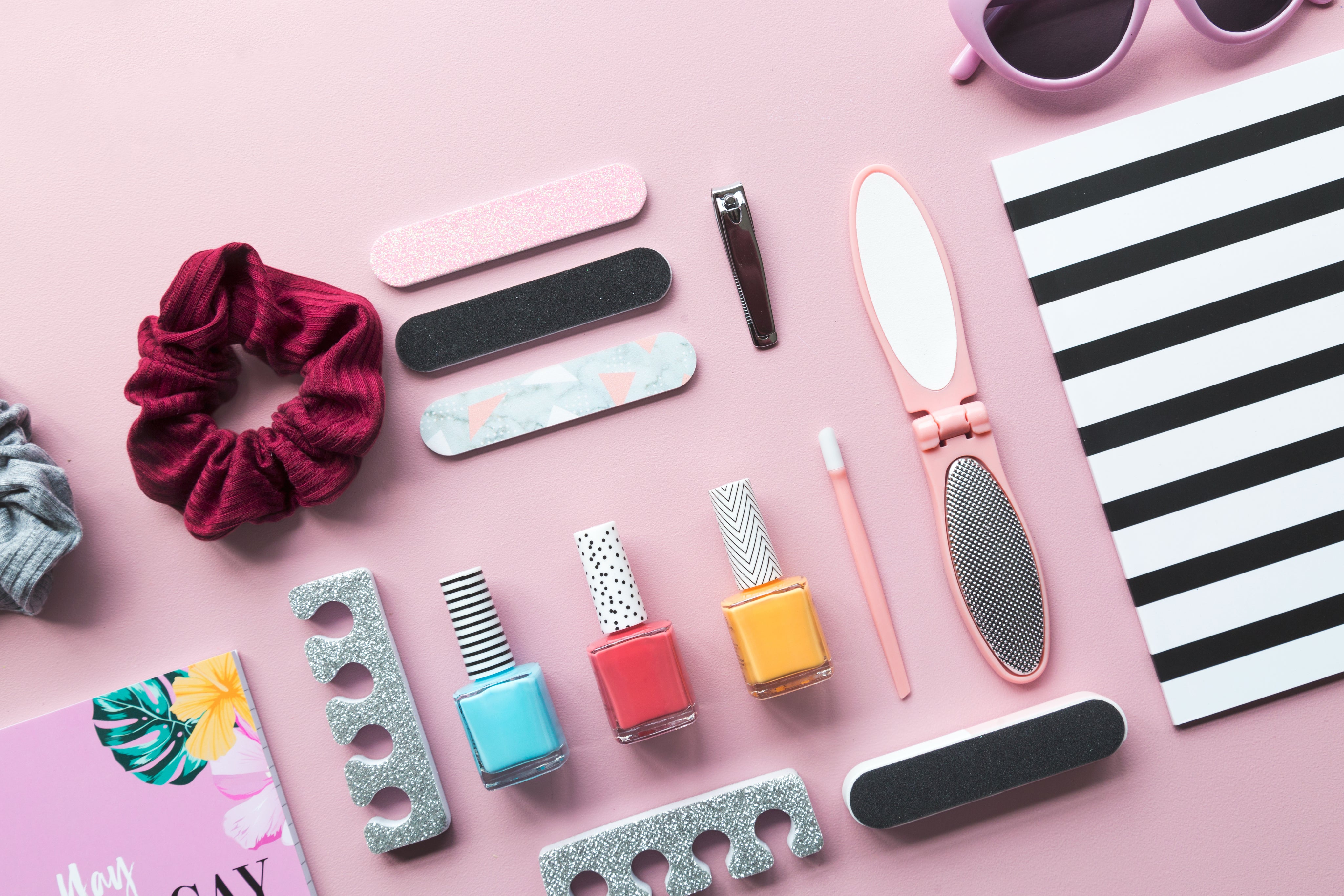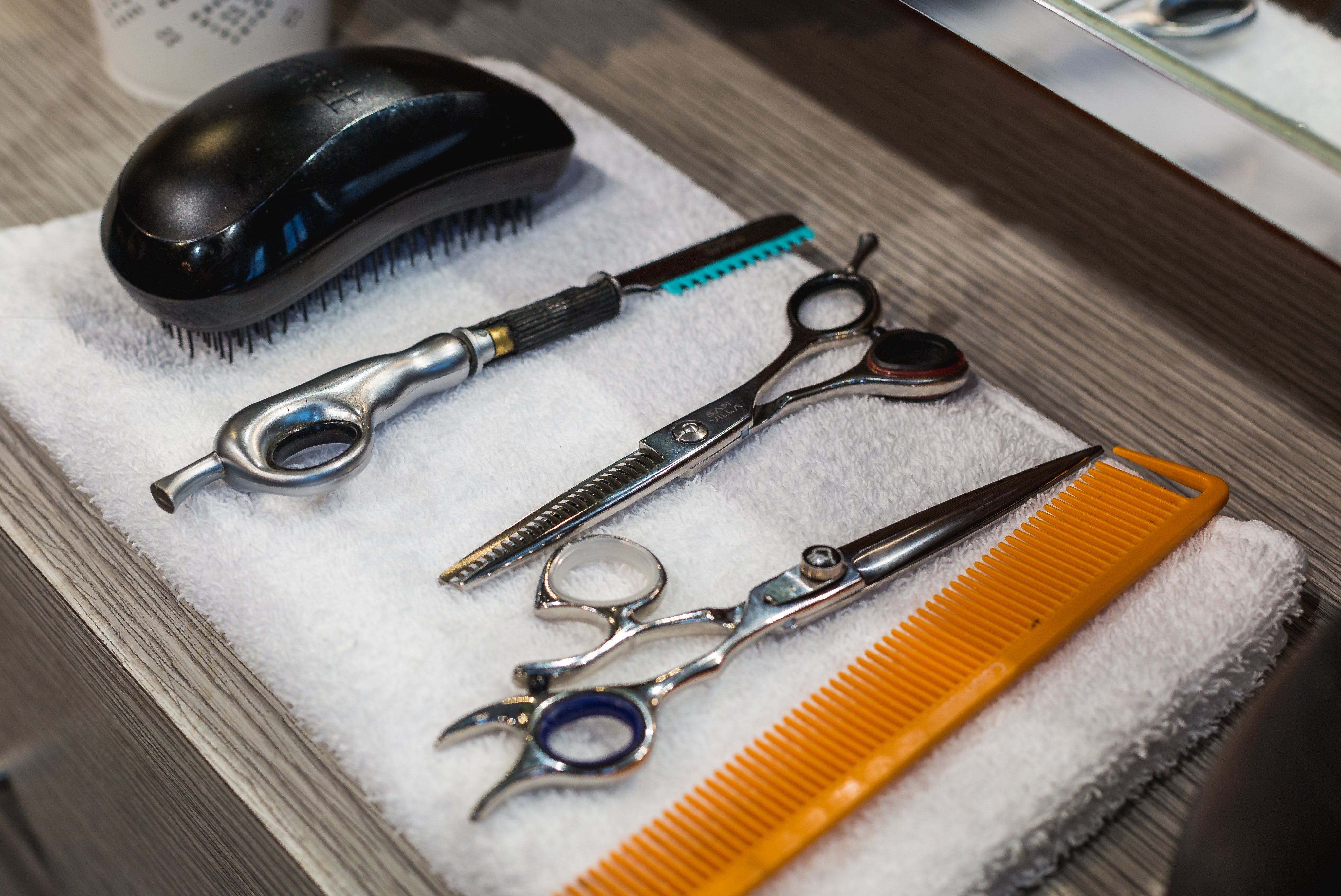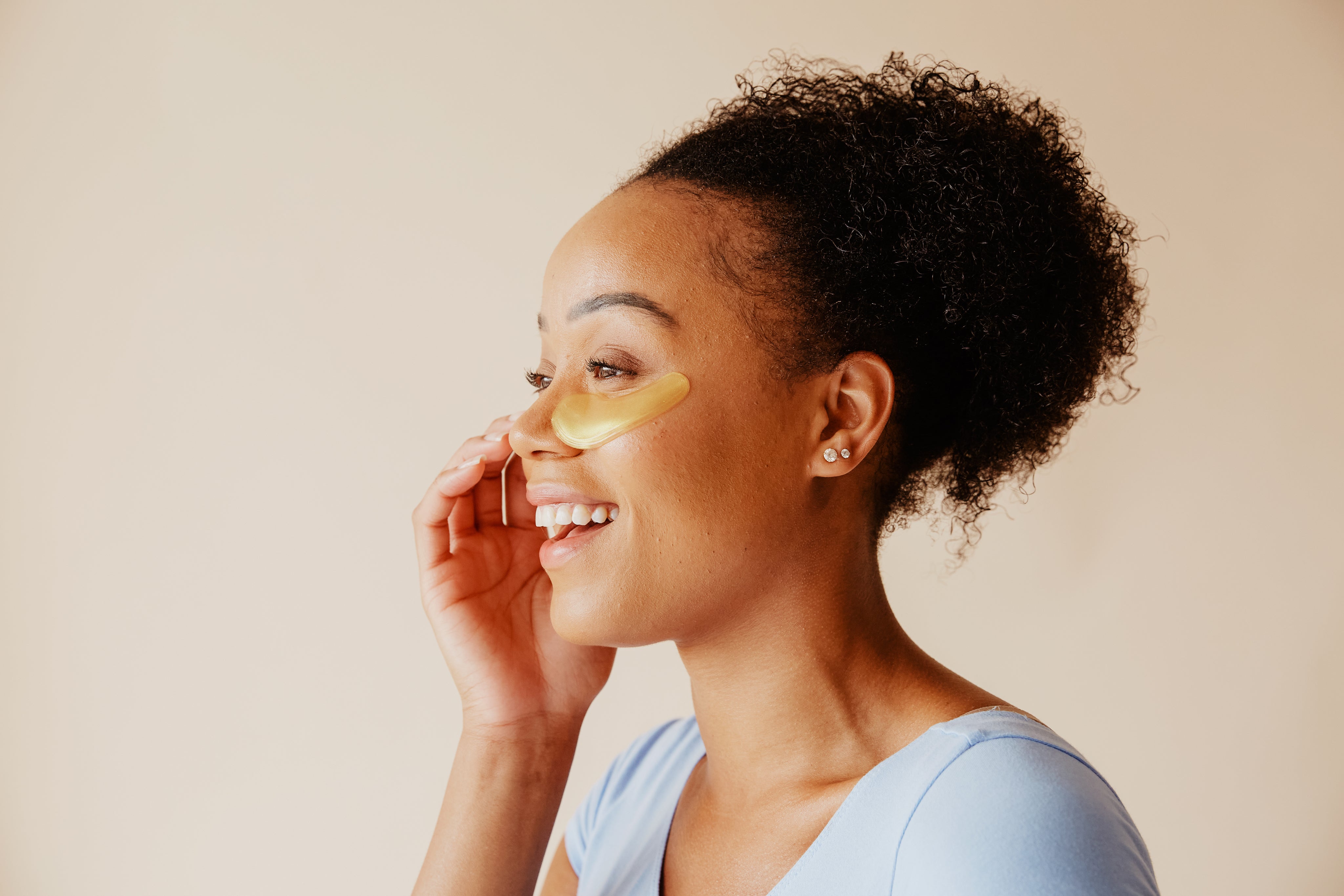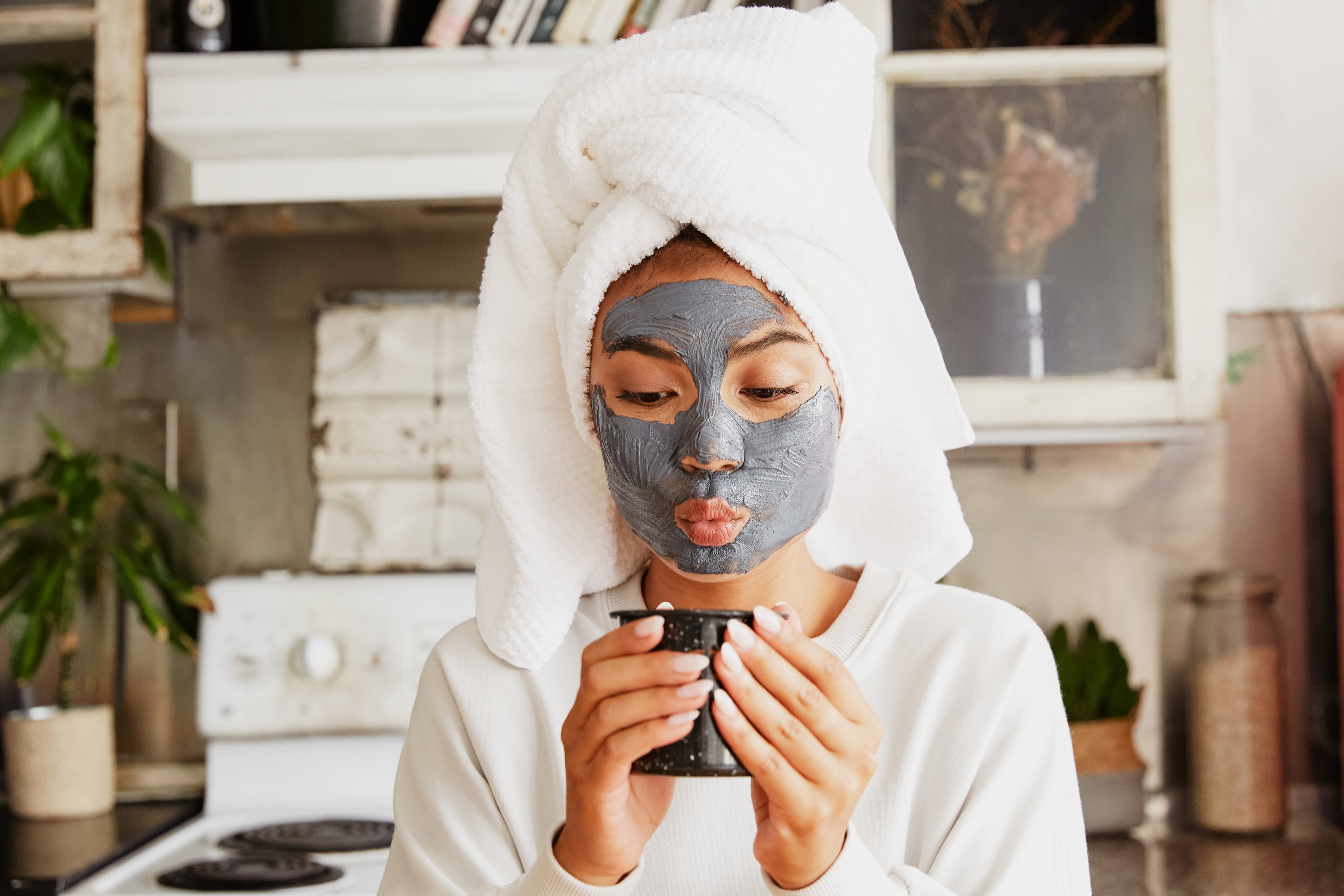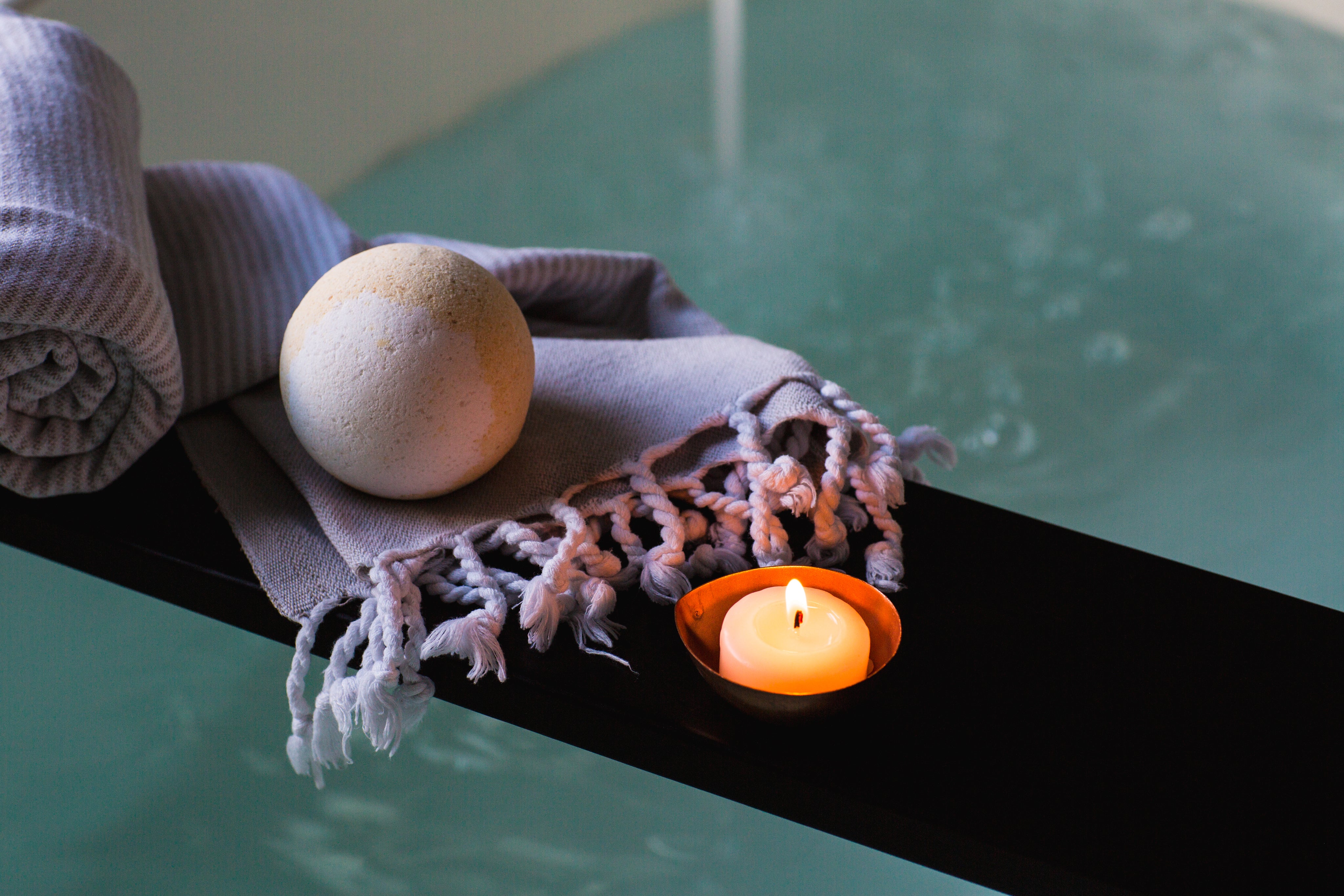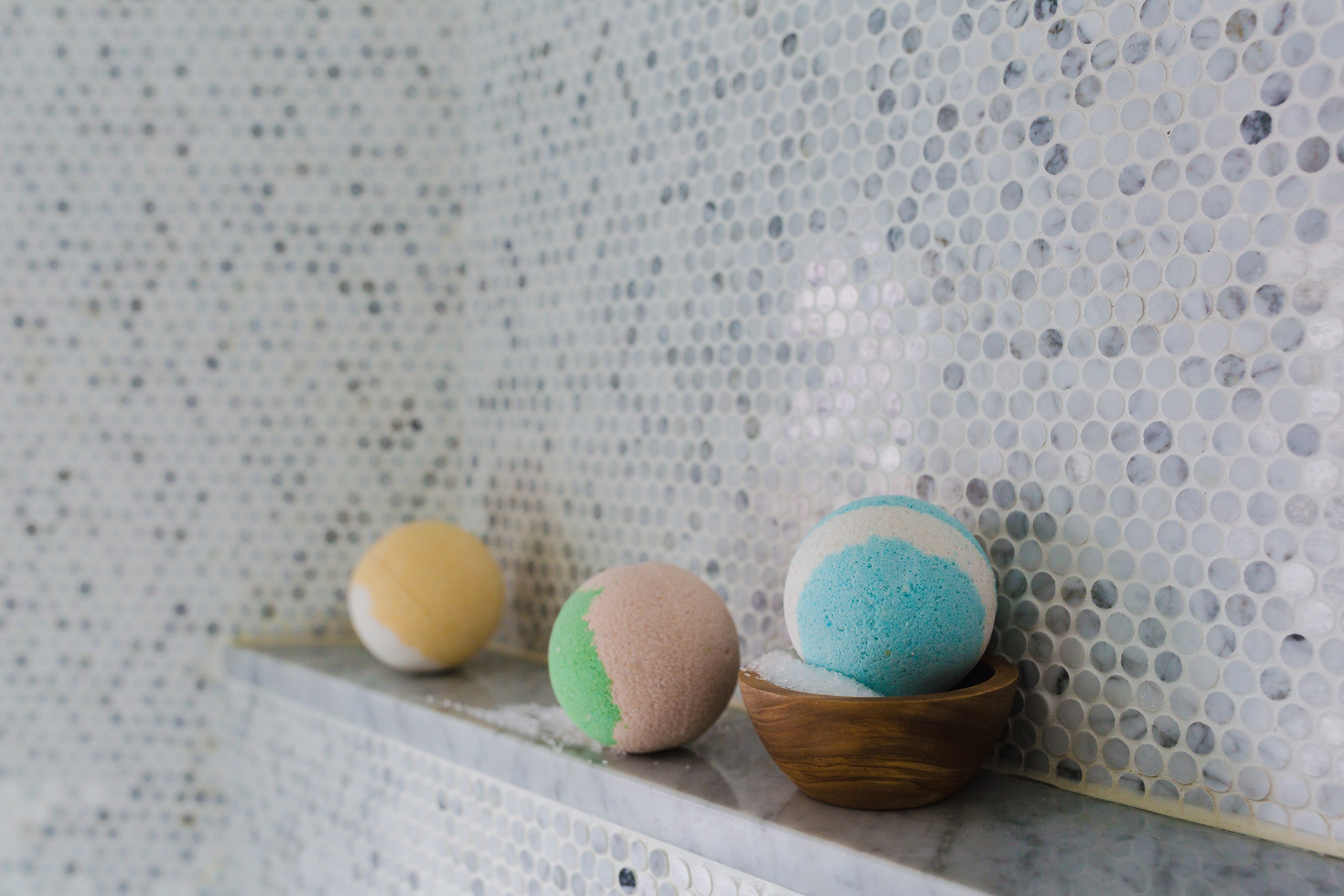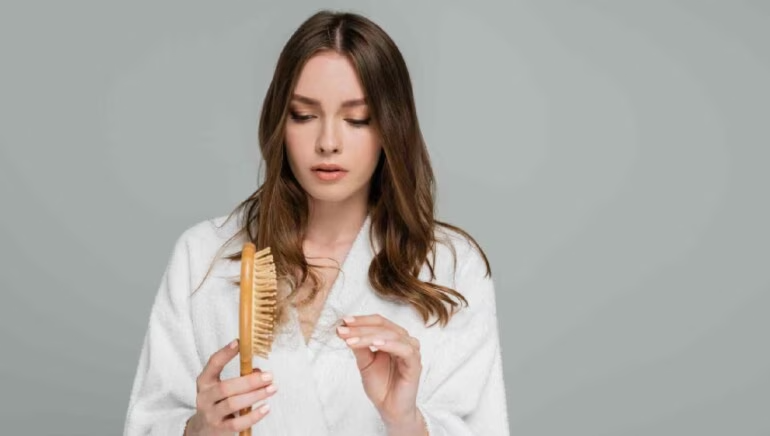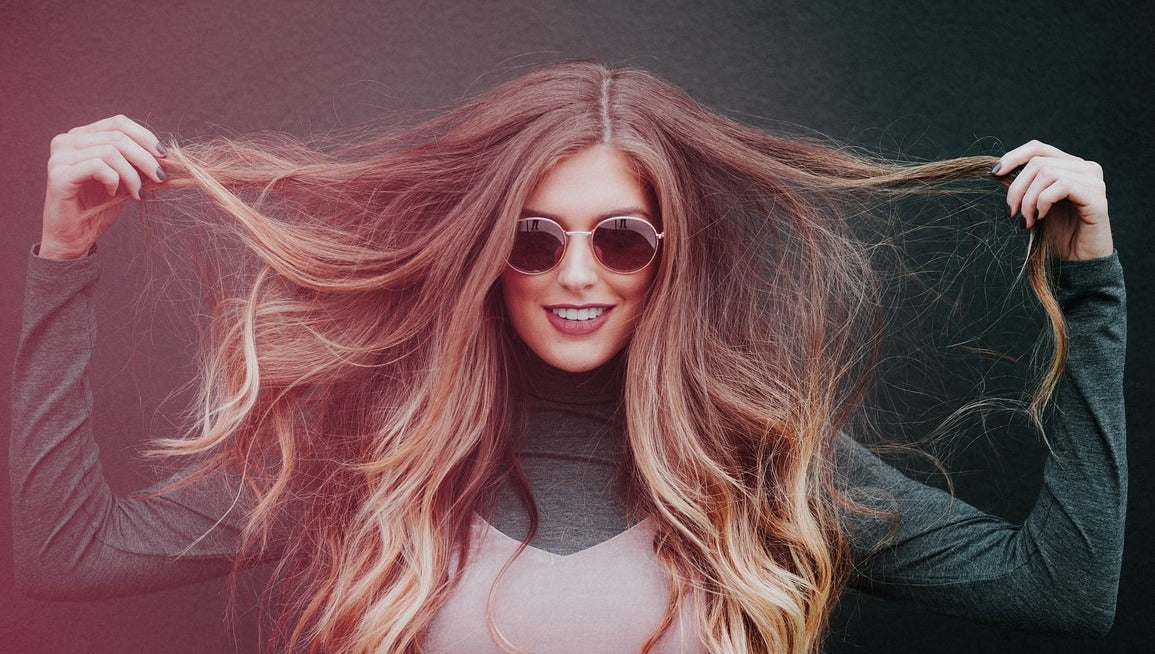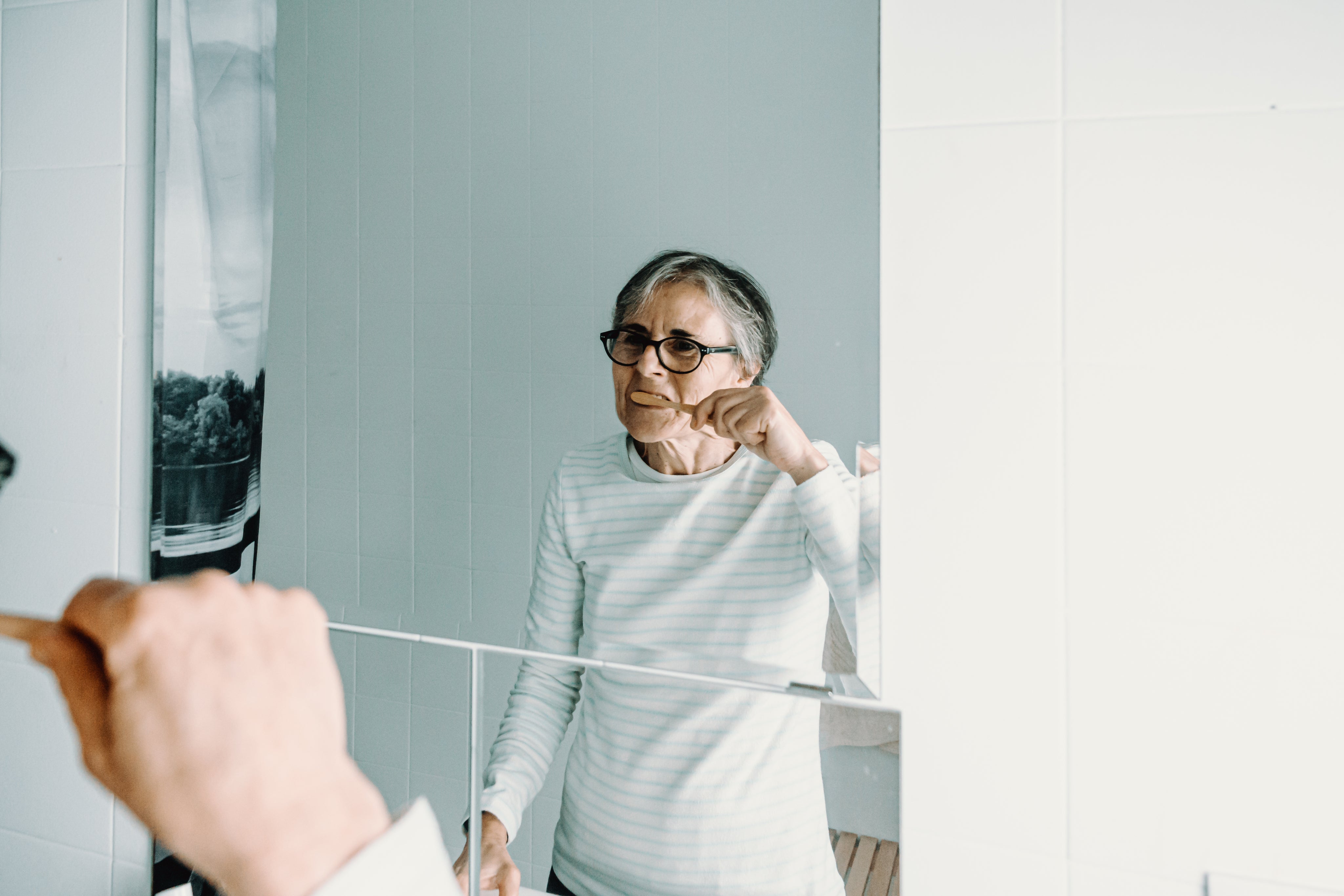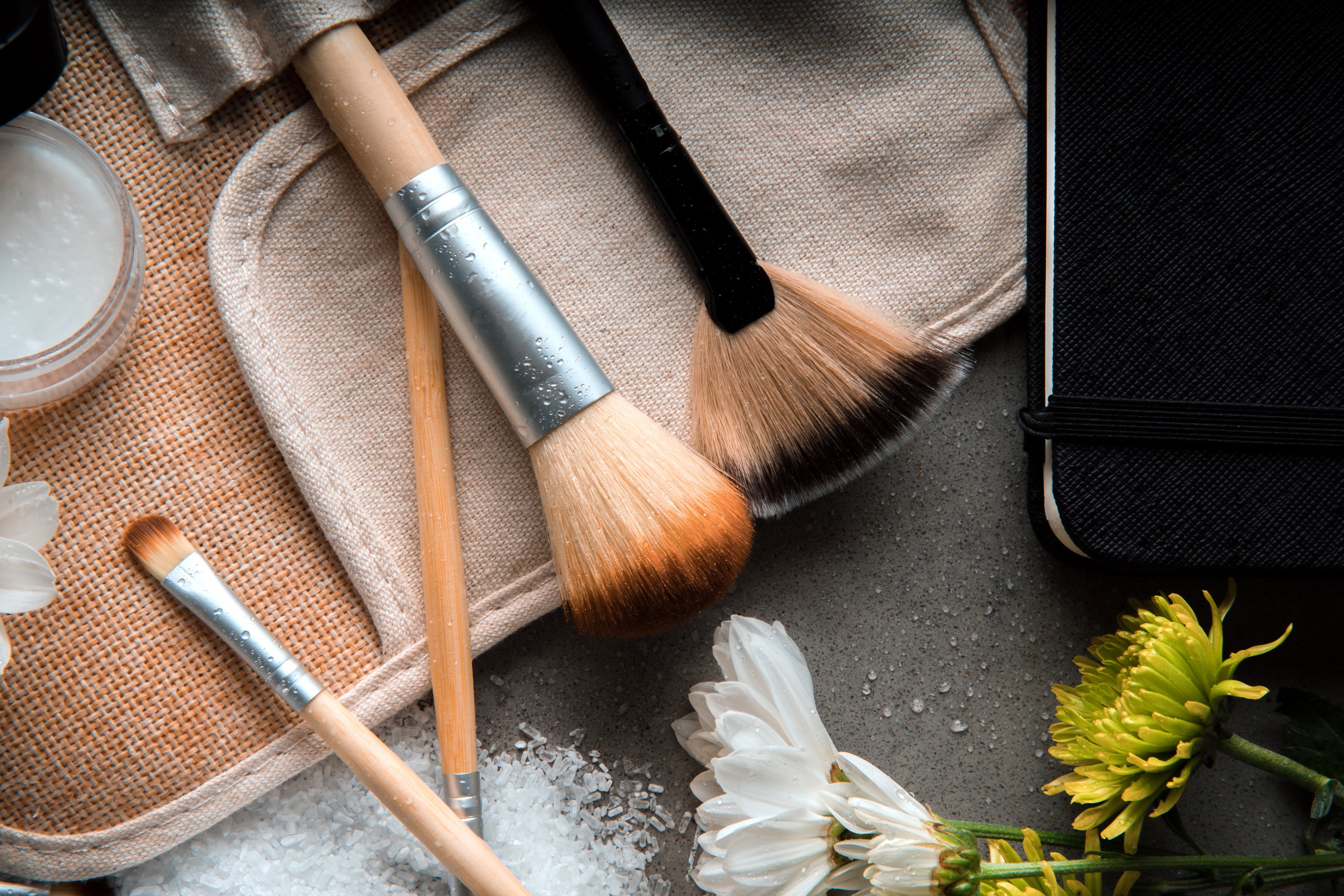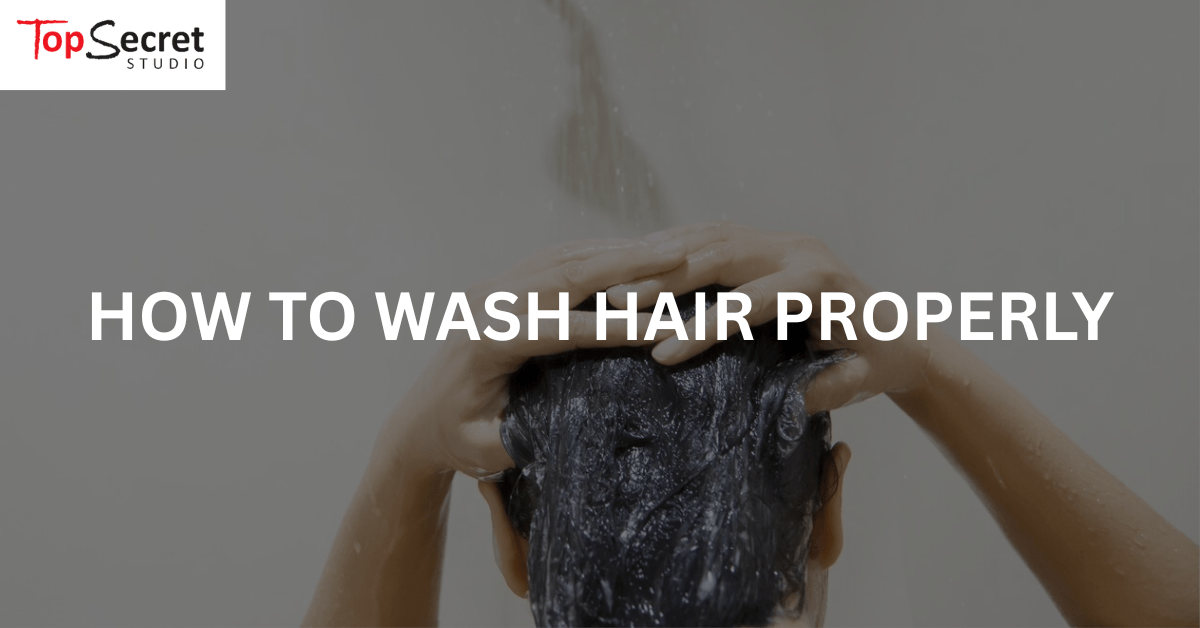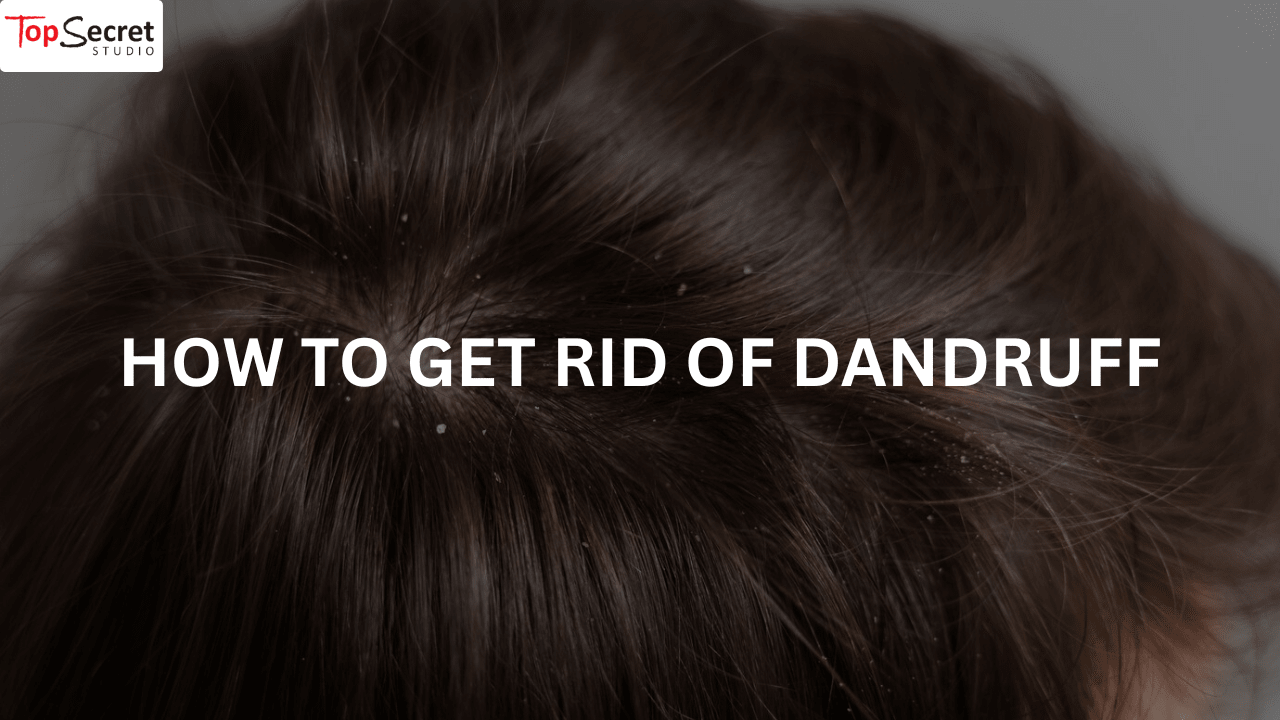
How to Get Rid of Dandruff: Effective Hair Care Secret
That persistent itch, those annoying white flakes on your dark shirts after you suavely ran your hand through your hair to adjust your fringe, sound familiar? Dandruff can be a real nuisance, affecting not just your scalp but also your confidence. Nobodies like it when your colleagues, friends and family comment on your white flakes right?
But fret not! A clear, healthy scalp is easily achievable with the right approach. Here at Top Secret Studio, we will share some effective secrets and tricks to help you wave goodbye to dandruff.
Dandruff: More Than Just Dry Scalp
It's easy to mistake dandruff for a dry scalp, but the two are very different. While hair dryness results from a lack of moisture, dandruff is frequently linked to an overgrowth of a naturally occurring yeast called Malassezia globosa. This yeast thrives on the oils on your scalp, which men naturally produce more.
When it multiplies excessively, it can irritate the scalp, leading to increased skin cell shedding which leads to the flakes you see. Other contributing factors can include:
- Oily scalp
- Sensitivity to hair care products
- Infrequent shampooing
- Certain skin conditions like seborrheic dermatitis
The Power of the Right Hair Shampoo
Your choice of hair shampoo plays a very important role in managing dandruff. Not all shampoos are created equal, and using the wrong one can sometimes even worsen the problem.
Anti Dandruff Shampoo
Specifically formulated to target the root causes of dandruff, an anti dandruff shampoo is often the most effective solution, it’s in the name after all. These shampoos contain active ingredients designed to control the Malassezia yeast and reduce scalp inflammation and flaking.
However, not all anti dandruff shampoo is created equally either. Some hair products in the market are suitable for mild cases, focusing on gentle cleansing and containing lower concentrations of active ingredients, while others are formulated with stronger compounds to tackle more stubborn or severe dandruff.
- Ketoconazole: This is a potent antifungal that directly targets the Malassezia yeast, inhibiting its growth. It's often found in stronger dandruff shampoo formulations.
- Selenium sulfide: Another powerful antifungal agent, selenium sulfide also helps to slow down the rate at which skin cells on your scalp are produced. This reduction in cell turnover means fewer flakes.
- Pyrithione zinc: A widely used ingredient in many shampoo for dandruff, pyrithione zinc has both antibacterial and antifungal properties, making it effective against a range of scalp issues that can contribute to dandruff.
- Salicylic acid: Unlike the antifungals, salicylic acid works as a keratolytic agent. This means it helps to break down and shed the dead skin cells that accumulate on the scalp, reducing visible flakes. It can also help other medicated ingredients penetrate the scalp more effectively.
- Coal tar: This ingredient has been used for a long time to treat various scalp conditions, including dandruff. It works by slowing down the production of skin cells and can also help to relieve itching and inflammation. However, some people find its smell and potential staining to be drawbacks.
How to Use Anti Dandruff Shampoo Effectively
While you can have the best anti dandruff shampoo in the market, without proper technique or application, you will still see bits of pieces of snowflakes while combing your hair. Follow these steps to maximise its effectiveness:
- Thoroughly Wet Your Hair: Begin by getting your hair completely wet, tousled it and run your hands through your scalp. This helps the shampoo to lather properly and distribute evenly across your scalp.
- Apply to the Scalp, Not Just the Hair: A common mistake many people make is to simply work the shampoo through the lengths of their hair. However, the key is to apply it directly onto your scalp, that's where the dandruff originates.
- Gentle Massage: Using your fingertips, gently massage the dandruff shampoo into your scalp. Always you cover the entire scalp area, including the nape of your neck and behind your ears. This massage helps to loosen flakes and allows the active ingredients to come into contact with the affected areas. Avoid using your fingernails, since this can irritate your scalp.
- Leave it On: Don’t rinse it off once you shampooed your hair. Read the instructions on your shampoo for the dandruff bottle, as the recommended leave-on time can vary, but it's usually a few minutes. This contact time allows the active ingredients to work their magic, controlling the Malassezia yeast and reducing inflammation.
- Rinse Thoroughly: Once the recommended time has passed, rinse your hair and scalp very thoroughly with lukewarm water. Any residue left behind could potentially irritate your scalp.
Choosing the Right Shampoo for Your Needs
With a variety of dandruff shampoo readily available, selecting the right one can feel quite overwhelming. But beyond the fancy buzz word and oily scalp solutions plastered on the plastic bottles, ask yourself these 3 simple questions to narrow down your choices.
- Severity of dandruff: For mild cases, a shampoo with pyrithione zinc or salicylic acid might suffice. Persistent or severe dandruff may require shampoos with ketoconazole or selenium sulfide.
- Hair type: Some anti-dandruff shampoos can be drying. If you have natural dry hair, look for formulations that also contain moisturising ingredients.
- Sensitivity: If you have sensitive skin, opt for fragrance-free and hypoallergenic options.
It might take some trial and error to find the best dandruff shampoo for your individual needs. If one shampoo doesn't seem to be working after a few weeks, consider trying one with a different active ingredient.
Beyond Shampoo: Essential Hair Care Habits
Using the correct hair shampoo is important, but we all know that prevention is better than cure. Adopting good hair care habits can significantly aid in managing dandruff and promoting a healthy scalp. Just like muscles, you need to train your scalp!
- Wash your hair regularly: How often depends on your hair type and scalp oiliness. If you have an oily scalp, washing your hair more frequently can help prevent oil buildup that feeds Malassezia.
- Avoid harsh chemicals: Some styling products can irritate the scalp. Try to limit the use of harsh chemicals and opt for gentler alternatives such as water-based or alcohol-free hairsprays and gels. You might also explore natural styling products that utilise plant-derived ingredients.
- Be gentle with your scalp: Avoid vigorous scrubbing when shampooing, as this can irritate the scalp and worsen flaking. Use your fingertips to massage the shampoo gently.
- Manage stress: Stress can sometimes worsen skin conditions, including dandruff. While it’s difficult to manage stress due to many, many external factors, stress-management techniques can be beneficial. In the end, remember that hair care is also a form of self-care.
When to Seek Professional Advice
While many cases of dandruff can be effectively managed with over-the-counter anti dandruff shampoo and good hair care practices, there are times when it's advisable to consult a dermatologist or a healthcare professional.
- If your dandruff is severe, persistent, or doesn't improve with regular use of anti-dandruff shampoos.
- If your scalp is intensely itchy, red, or inflamed.
- If you notice any signs of infection, such as pus or crusting on your scalp.
A healthcare professional can accurately diagnose the cause of your scalp condition and recommend a more targeted treatment plan, which might include prescription-strength shampoos or topical medications.
Welcome A Flake-Free Future With Top Secret Studio
Dealing with dandruff can indeed be a source of frustration, but at Top Secret Studio, the leading name in hair care products, we believe that a healthy, flake-free scalp is an achievable goal for everyone.
We offer a wide range of products, including bath & body, skin care, dry/silver shampoo, and leave-in conditioners, all designed to help you achieve your hair care goals.
By arming yourself with the right knowledge and establishing a consistent hair care routine that features an effective hair shampoo specifically formulated to combat dandruff, you can certainly take control.
Embrace the secrets we've shared, and we are confident that you'll be well on your way to saying goodbye to dandruff for good, ultimately enjoying a healthier, happier head of hair and boosting your confidence.
Frequently Asked Questions About Dandruff and Hair Care
Is Dandruff Contagious?
No. Dandruff is not contagious. It's caused by factors like an overgrowth of yeast and isn't spread through contact.
Can Dandruff Be Permanently Cured?
While there's no permanent cure, dandruff can be effectively managed with consistent treatment and proper hair care.
How Often Should I Use Anti-Dandruff Shampoo?
Start by using it 2-3 times a week, and once the dandruff is under control, reduce the frequency as needed.
Are There Home Remedies for Dandruff?
Some home remedies like apple cider vinegar, aloe vera, and tea tree oil may offer temporary relief, but medicated shampoos are generally more effective for severe cases.
Can Diet Affect Dandruff?
A balanced diet rich in vitamins, minerals, and omega-3 fatty acids can promote overall scalp health.
Is Dandruff Just Dry Scalp?
No, dandruff is often caused by a yeast overgrowth, while dry scalp is a lack of moisture. They require different treatments.

